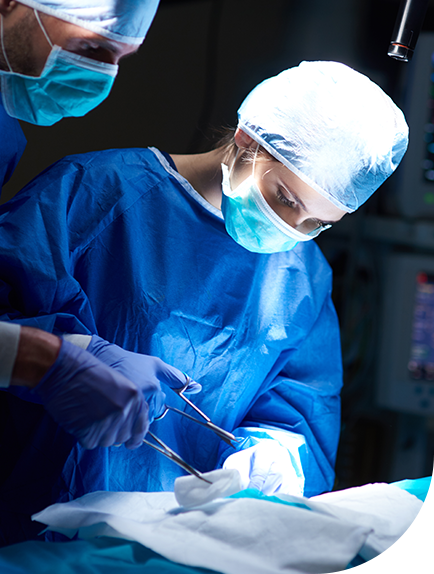Laparoscopy

What is Laparoscopy?
Laparoscopy is a minimally invasive procedure under general anesthesia that allows doctors to see and evaluate the structures of the reproductive system including ovaries, fallopian tubes and uterus.
Indications
- PCOS
- Ovarian Cysts
- Endometriosis
- B/L Tubal Block
- Unexplained Infertility
- Fibroids Uterus
- Uterine Anomalies
- Pelvic Adhesions
Overview
It is a minimally invasive procedure in which a telescope-like instrument with light and a small camera allows the surgeon to examine and identify causes of infertility.
How to prepare
1
The night before your surgery, avoid eating or drinking anything
2
The doctor will discuss the medications you are taking and give instructions on how to stop or change
3
To be admitted to the hospital 3-4 hrs prior to scheduled surgery time
Procedure
1
The laparoscopy procedure is done under general anesthesia.
The procedure lasts for 1-3 hours
2
During the procedure, the surgeon will make two or more small incisions in your abdomen. They will put a camera with a light and a small tool through an incision
3
Then surgeon will inflate your abdomen with gas to make it
easier to see the uterus and other organs
4
After the procedure, the patient will be sent to the recovery area and monitored for 4-6 hours and can be discharged if comfortable on the same day
5
If it is an operative laparoscopy for fibroid removal
(myomectomy) or extensive endometriosis surgery, the patient may have to stay back overnight and be discharged the next morning

Recovery
Most people recover within 2-3 days. The small incisions in your body may need sutures, which are removed after one week.
Advantages

 Fast recovery
Fast recovery

 Minimal blood loss
Minimal blood loss

 Small incision
Small incision

 Less pain
Less pain
and discomfort

 Less post-operative complications
Less post-operative complications
